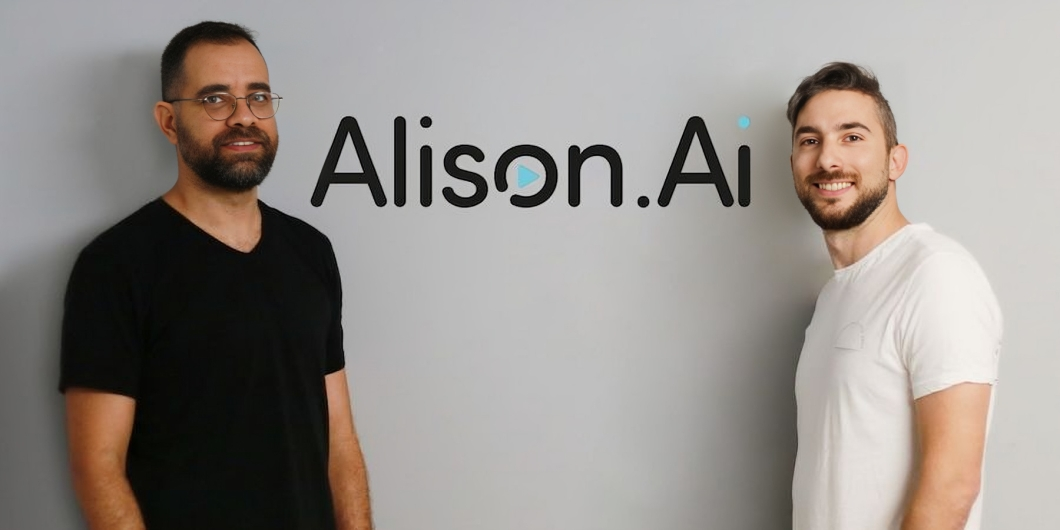The world of advertising is a continuously evolving one and traditional methods of creative analysis are proving increasingly inadequate. The outdated approach the industry has not only hinders the ability to adapt to changing market dynamics but also puts brands at risk of falling behind competitors who are leveraging more advanced, data-driven strategies and platforms to refine their creative efforts.
The Pitfalls of Traditional Creative Analysis
Traditional creative analysis in advertising often falls short of the agility and precision required in today’s fast-paced, data-driven landscape. One of the key pitfalls is its reliance on subjective interpretation and manual processes. Historically, creative decisions have been guided by intuition, experience, and focus group feedback—methods that, while valuable, are inherently limited by human bias and a lack of real-time adaptability.
Another significant issue with traditional creative analysis is the time it consumes. Developing a campaign, running it, gathering feedback, and then analyzing that feedback can take weeks, if not months—requiring a significant time investment. During this period, market conditions may change, competitors may launch new initiatives, and consumer preferences may shift, rendering the analysis less effective.
The slow feedback loop also hampers the ability to test and iterate on creative elements quickly, which is essential in a dynamic advertising environment – a problem that the use of AI can immediately address. It should come at no surprise that 92% of senior marketing executives are now adopting generative AI capabilities for tasks ranging from creative generation to campaign optimization.
Furthermore, traditional creative analysis often struggles with scalability. As advertising channels have multiplied, the complexity of analyzing creative performance across platforms has grown exponentially. Traditional methods lack the tools to efficiently manage and assess this multi-channel environment, often resulting in siloed insights that fail to provide a comprehensive view of a campaign’s effectiveness.
Brands that continue to rely solely on these methods risk falling behind more agile competitors who leverage advanced analytics and AI-driven insights to craft and optimize their campaigns in real-time. To stay competitive, advertisers need to embrace more sophisticated solutions like Alison AI that can deliver actionable insights quickly and at scale, ensuring their creative efforts resonate with today’s discerning audiences.
What the Future of Creative Analysis Looks Like
Alison AI is reshaping the landscape of advertising with its integration of advanced machine learning and creative strategy. In an industry increasingly driven by data, Alison AI offers an upgraded approach that goes beyond traditional methods, providing a platform where creativity is complemented and enhanced by precise, real-time analysis. Through this process, Alison AI augments the creative workflow and makes it more efficient.
One of Alison AI’s key offerings is its Creative Storyboarding tool, which enables marketers to visualize their campaigns from inception to execution. This tool integrates data-driven insights with the creative process, allowing teams to see how different elements—such as text, imagery, sound, and color—might resonate with specific audience segments. Creative Storyboarding offers a dynamic preview of potential campaign outcomes by pulling from vast datasets that include audience behavior, demographic trends, and engagement metrics. Marketers can visualize various scenarios and fine-tune their strategies before launching, ensuring that every creative decision is informed by concrete data.
Complementing this tool is Alison AI’s ability to generate Smart Briefs—concise, AI-generated documents that outline key campaign strategies, creative directions, and targeted audience insights. These briefs draw from a deep analysis of market trends, competitor activities, and audience preferences, providing creative teams with a clear roadmap. This reduces guesswork and aligns the entire team on a unified, data-backed vision for the campaign.
Alison AI’s capabilities extend beyond video ads, offering robust solutions for static imagery, social media content generation, and more. The platform’s competitive creative analysis examines and compares creative elements across various campaigns, giving brands a broader perspective on the advertising landscape. This feature helps identify gaps and opportunities that might otherwise go unnoticed, allowing brands to innovate rather than merely follow existing trends. Whether it’s optimizing a video ad, refining a static image, or crafting social media posts, Alison AI equips marketers with the tools needed to ensure their content remains relevant and effective in a rapidly changing digital environment.
Lastly, Alison AI’s real-time optimization capabilities stand out, allowing marketers to make adjustments to their campaigns on the fly. This ensures that messaging remains aligned with current trends and audience expectations, whether it’s refining a visual element, tweaking a headline, or updating social media content. With Alison AI, the data-driven approach extends beyond the initial campaign launch, enabling continuous improvement and adaptation to the ever-evolving digital landscape.
As the advertising industry evolves, with an increasing emphasis on personalized and engaging content, platforms like Alison AI are becoming essential tools. It combines creative intuition with cutting-edge technology, offering a new way for brands to connect with their audiences and stay competitive in an ever-changing market.




















